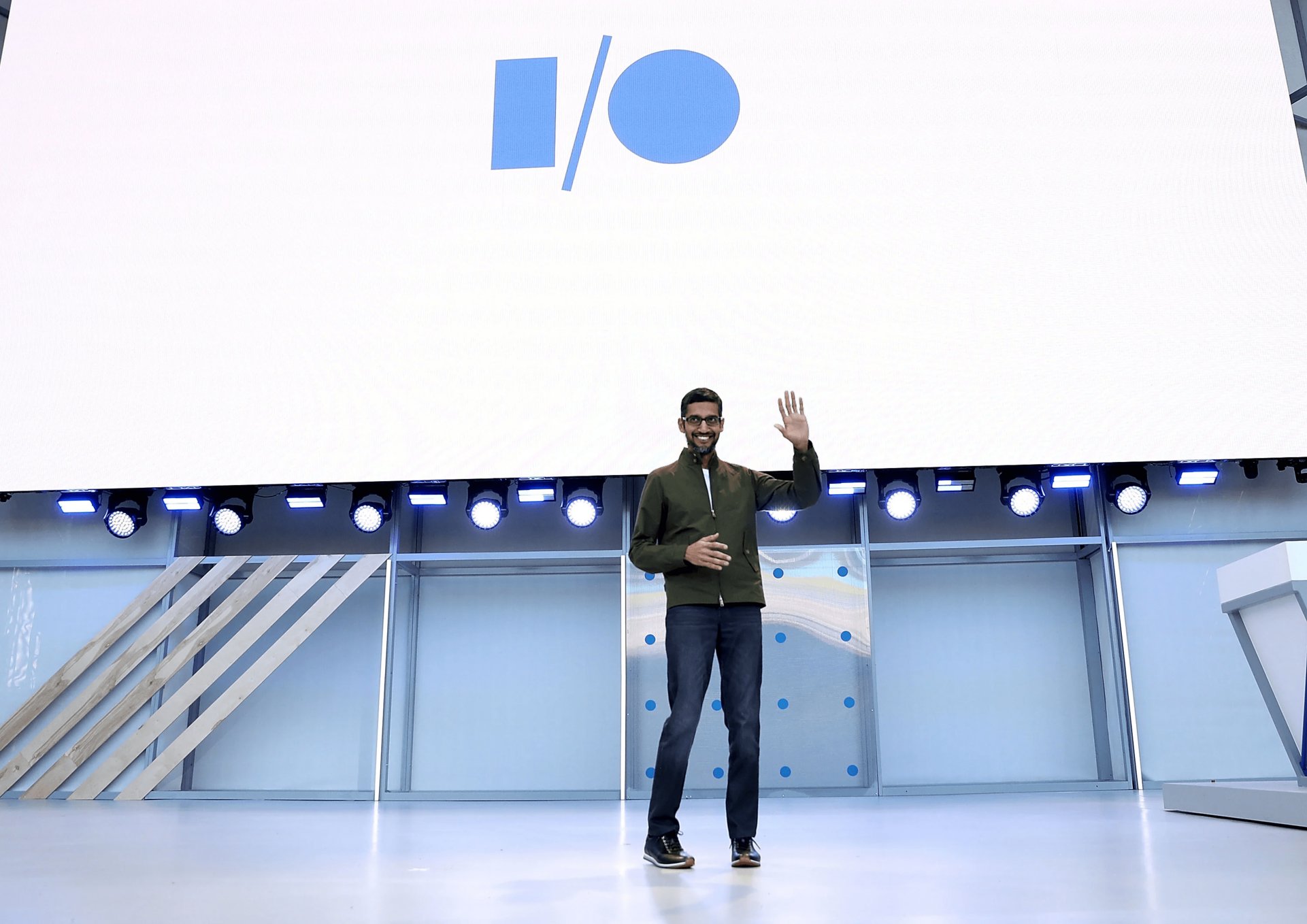By Jacques Baranger, Partner, in charge of the Metaverse offer
While the metaverse-natives do not watch television or are no longer present on traditional social networks, the worlds they frequent have become fabulous vectors for innovative marketing, based on the codes of this new generation.
Today, brands need to go and find metaverse-natives where they are: in persistent games such as Fortnite or Roblox, in crypto-worlds such as The SandBox or Decentraland, with influencers linked to these worlds, etc...
Several creative campaigns have already taken place: Louis Vuitton, which joined forces with Riot Games during the League Of Legends Worlds finals to create prestigious skins (appearance of the champions) designed by the stylist Nicolas Ghesquière; the Yves Rocher Foundation, which launched a dedicated universe in Minecraft, #PLANTFORLIFE, in partnership with Microsoft, to play with the concept of "plant a tree in MinCraft, Yves Rocher plants one in physics. Or finally, when Oasis couples a classic TV campaign with the development of a tournament within the game Fortnite, featuring the same graphic universe as in the TV ad: "CatchTheOasis".
But these creative campaigns are only a small part of what the metaverse can bring to corporate marketing. In particular, they need to tame NFTs (Non Fungible Tokens), to go beyond the speculative dimension, to transform them into a new tool for customer engagement, powerful and in tune with our times.
NFTs have the particularity of allowing the creation of series in which a digital object or a combination of digital objects (work of art, sound, animation, panini card, etc.) is unique, and its ownership is guaranteed by a blockchain. They are first known to have been associated with accessories (wearables) that can be bought in video games or crypto worlds, to personalise one's avatar, with a price depending on their rarity. It is therefore not surprising that clothing, trainer and even luxury brands were the first to exploit this opportunity to promote their products to a young public, familiar with these uses. Thus, the clothing brand GAP presented its first NFT collection in January, in collaboration with the artist Brandon Sines. Gucci, which is very active in metavers and NFTs, joined forces with the rapper Snoopdog in The Sandbox when, in February 2022, he created a series of 10,000 Doggies (animated avatars) in his likeness, some of them dressed in the brand's colours.
The recent media explosion highlighting some of the speculative excesses around NFTs, particularly in the art world, should not, however, hide their potential for corporate marketing.
NFT campaigns allow for highly effective mechanisms to create and then animate as many customer communities as desired, whether it be around the brand itself, new product lines, the organisation of events, etc.
During an NFT campaign, buyers become owners of a unique digital object, which they can of course resell in a speculative vision, but which also gives access to a dedicated community, as well as to specific advantages: For example, meeting brand personalities, access to events or VIP lounges in person, access to reserved worlds, etc... Pandas Dynasty owners, for example, have access to a treasure hunt video game, reserved exclusively for the community; Decathlon's Barrio NFTs owners, on the other hand, have access to special experiences with the world freestyle football champion Séan Garnier, etc... For brands, NFTs are therefore an opportunity to multiply customer communities that are even more targeted than they are today, to create and animate strong interaction with and within these communities (e.g. with tools from the world of games), and to create a new way of interacting with customers: With tools from the world of games, such as Discord), to offer mechanisms for co-creation and recognition of the involvement of community members ... and ultimately to strengthen the emotional bond between brands and their customers.
For brands, NFTs will become a vector for what is one of the pivots of the current metaverse evolution: the fusion of real and virtual worlds. Why not, for example, imagine that tomorrow an NFT will be associated with each physical product, opening the way to an as yet unimaginable potential for the development of new mixed real/virtual customer experiences.
In a digital-to-physical loop, some are already offering to make a real version of pairs of trainers purchased in digital form. Conversely, the Decathlon Kipsta Barrio NFTs were only accessible through the purchase of a physical pair of Kipsta Barrio trainers, or the first Kenzo NFTs were awarded by drawing lots from a list of candidates who were able to provide at least one proof of purchase of one of the pieces of the physical Boke Flower collection. Finally, in a return loop, this time from the real to the virtual, buyers of the physical Kipsta Barrio trainers received their pair in a digital 3D version.
The first NFT campaigns were obviously targeted at metaverse natives. However, in order to exploit their full engagement potential, brands need to successfully extend them to other customer segments.
Monoprix, for example, when it launched its NFTs collection, combined it with a fun, general public approach through a dedicated "how-to" website that guides a non-metavers native buyer through the different steps to buy and resell NFTs. Adidas also hosts a "metaverse" page on its website, which includes a guide for NFT newbies.
Beyond creative campaigns and NFTs, the metaverse offers the possibility for marketing to create targeted or generalized places of information and exchange, in existing metavers or in dedicated universes built for the brand.
These places, known as "sandboxes" or "persistent", i.e. which exist before and continue to exist after visitors have passed through, create the conditions for active participation (e.g. quests, games, etc.), or exchanges (e.g. with sellers). They can be totally open, or be used to create privileged moments such as "private sales". Some luxury brands, for example, use full 3D shops to bring together a few customers or partners for special events (collection launches, etc.). For its part, the Ademe (French Agency for the Environment and Energy Management) has organised an open campaign to raise awareness among young people of energy renovation jobs, by proposing a place of interaction in the Minecraft metaverse...
As we can see, the metaverse is proving to be a very powerful tool in the service of corporate marketing, adapted to today's uses, the full potential of which is still far from being explored.
Next article - The metaverse, support for new working methods


